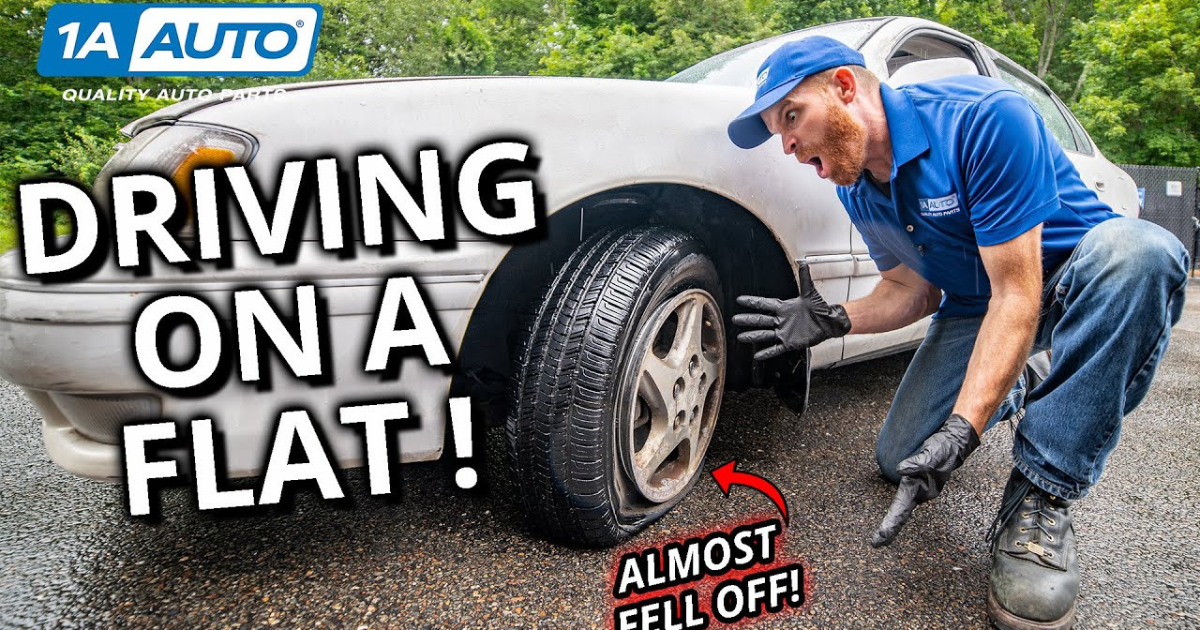Flat tires are an unfortunate and inconvenient part of car ownership. At some point, you may find yourself dealing with a flat tire and wondering how long you can leave your car sitting on it. This article will discuss the potential risks and consequences of leaving a car on a flat tire for an extended period.
Causes of Flat Tires While Parked
Before diving into the main topic, let’s discuss some common reasons why a tire might go flat while a car is parked:
- Improper sealing: If the service technician does not seal the tires properly, they can leak air overnight, resulting in a flat tire by the next morning.
- Faulty valve stem: A damaged or defective valve stem can cause slow and steady air leaks, leading to flat tires overnight.
- High temperatures: Heat can cause the air pressure in your tires to rise, which may result in air leaks and flat tires.
- Mounting problems: If the rim surface is corroded or defective, it may not ensure proper sealing between the tires and rims, causing slow air leaks and flat tires overnight.
- Sharp objects: Punctures from nails, screws, or other sharp objects can cause your tire to go flat while parked.
How Long Can a Car Sit on a Flat Tire?
A car can technically sit on a flat tire for an extended period. However, it is not recommended to leave it for more than twenty-four hours. After this time, the risk of damaging the rim, tube, and tire increases significantly. If the car must sit for longer, consider lifting it and supporting it with jack stands to avoid further damage.
Potential Damage from Leaving a Car on a Flat Tire
Leaving a car on a flat tire for too long can lead to several issues, including:
- Tire bubbles: Prolonged exposure to weight on a flat tire can cause the sidewalls to weaken and form bubbles, which can lead to further air loss or even a blowout.
- Weak spots: The continued pressure on a flat tire can create weak spots in the tire, compromising its overall structural integrity.
- Deterioration: A flat tire left on the ground can deteriorate more quickly due to exposure to the elements and lack of proper air pressure.
- Erosion: The area of the tire in contact with the ground can experience erosion, leading to further damage and potential tire failure.
Conclusion
While it may be tempting to leave a car on a flat tire for an extended period, doing so can lead to significant damage to the tire, rim, and tube. If possible, address the flat tire within twenty-four hours or use jack stands to support the car and prevent further damage. Regular tire maintenance and inspection can also help prevent flat tires and minimize the risk of damage.





